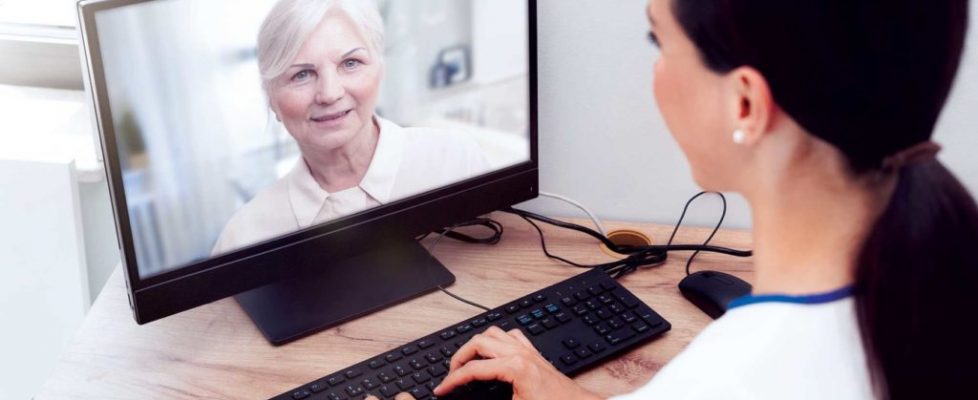CMS announces major shift to expand telehealth Medicare coverage to nursing home beneficiaries, others as COVID-19 strategy
The federal government is stripping away barriers to Medicare telehealth coverage as a frontline response to the coronavirus outbreak, which feeds on person-to-person contact and has proven deadliest for elderly individuals.
Centers for Medicare & Medicaid Services Administrator Seema Verma announced the temporary coverage expansion in a mid-day White House news conference Tuesday held by members of the federal coronavirus response team.
In addition, insurers have been asked to expand telehealth coverage, and physicians will see relaxed HIPAA enforcement so that they can use their cell phones to a greater extent when treating patients, for example, Verma said.
Also, the HHS Office of Inspector General is providing flexibility for healthcare providers to reduce or waive cost-sharing for telehealth visits paid by federal healthcare programs, CMS said.
“The impact of this historic [move] cannot be overstated,” Verma said of the telehealth expansion.
As a vehicle for this expansion, CMS is widening Medicare’s telehealth benefits under the 1135 waiver authority and the Coronavirus Preparedness and Response Supplemental Appropriations Act. Until today, there had been coverage only for rural providers, existing patients and a few others.
Now, clinicians will be able to consult with patients in nursing homes or numerous other locations without stressing crowded waiting rooms or increasing risk with face-to-face visits.
Clinicians will be paid for a wider range of telehealth services for beneficiaries “residing across the country,” including in their homes, dating back to March 6, CMS said.
“A range of healthcare providers, such as doctors, nurse practitioners, clinical psychologists and licensed clinical social workers will be able to offer telehealth to Medicare beneficiaries,” Verma said. “Beneficiaries will be able to receive telehealth services in any healthcare facility including a physician’s office, hospital, nursing home or rural health clinic, as well as from their homes.”
This change broadens telehealth flexibility “without regard to the diagnosis of the beneficiary, because at this critical point it is important to ensure beneficiaries are following guidance from the CDC including practicing social distancing to reduce the risk of COVID-19 transmission,” she added.

